Pets for children: benefits and harms, what to choose?
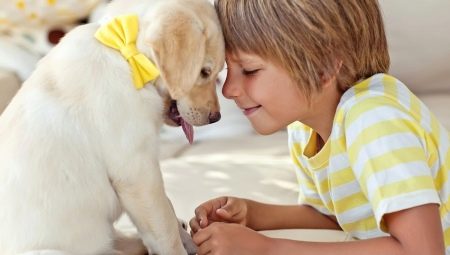
Children of different ages often ask their parents to buy a pet. If the adults do agree, the question arises about choosing a pet. So is it worth starting it, and if so, who? How to teach a child to care for a four-legged friend? We will try to give answers to these questions in our article.
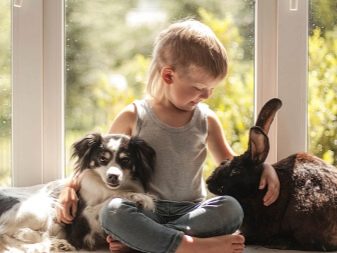
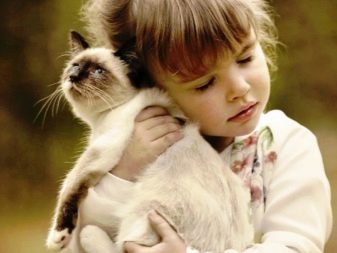
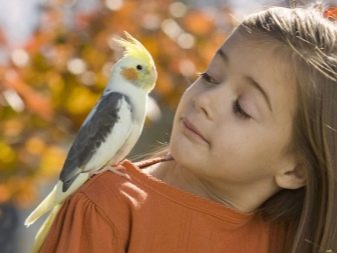
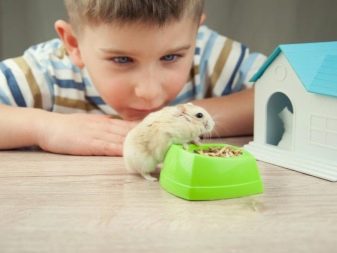
Benefit and harm
The first thing parents think about is: what is more from the existence of a pet in the house - benefit or harm? Of course, there may be tainted furniture, a specific smell and wool on the floor and things, but at the same time the animals are able to become real friends and create a unique atmosphere in the family. Their main merit is that they give all household members joy and good mood. In addition, their presence has a beneficial effect on the psyche of the child.
Among the advantages are the following. The child acquires a real friend in the person of a pet. He becomes more independent, which is facilitated by the need to care for a living being and responsibility for his life.
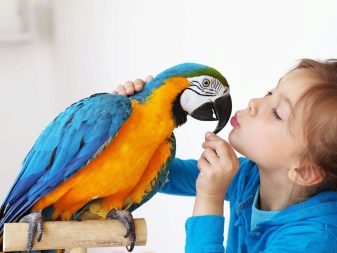
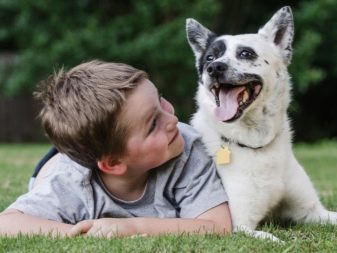
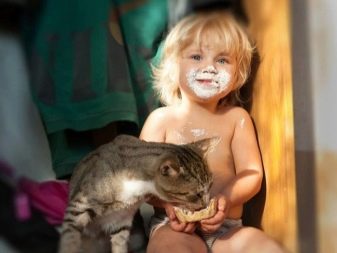
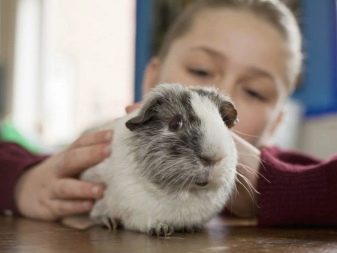
Pets are great for helping a child's development. For example, if you have problems with speech, it makes sense to have a talking parrot. The kid will teach him new words, and this will serve as a good training.
Experts say that a child with a pet makes contact easier, communicates more actively with unfamiliar children and makes friends. Walking with your pet can attract the attention of others, who themselves will take the initiative to get to know each other. In addition, physical activity will increase significantly.
The kid will be able to more actively learn about the world around him, studying his animal. In addition, in some cases, pets can help cope with phobias.They are good for family relationships.
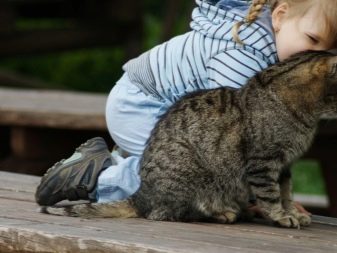
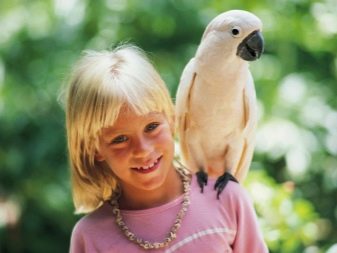
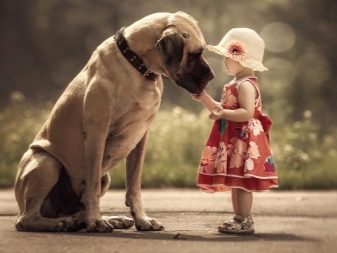
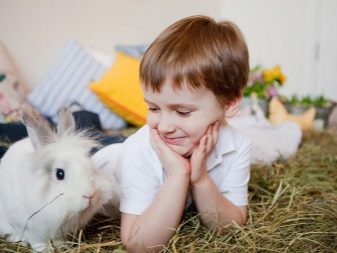
A child with a pet can't call himself lonely. With him, he can share his experiences. This becomes an excellent way out during illness, when contact with others is limited. Psychologists recommend having cats or dogs in families where parents do not have the opportunity to pay enough attention to their children.
Doctors believe that the presence of pets is undesirable in families where there are pregnant women or newborn children. The fact is that they can become carriers of diseases, sometimes quite serious ones. However, not everyone is inclined to believe this statement, being sure that it is absolutely safe.
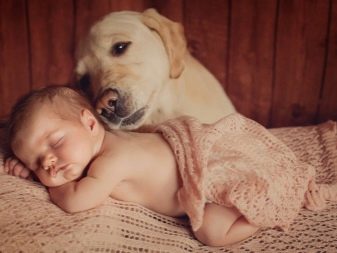
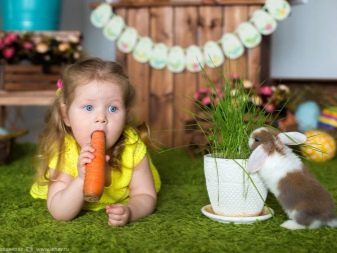
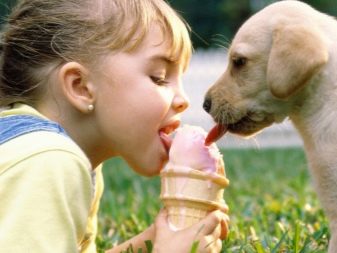

Parents should take into account that the child is unlikely to fully care for a four-legged family member... He can solemnly promise this, however, over time, some of the worries will still pass to adults. These are more frequent cleaning of the apartment, visits to the veterinarian, emergency situations. In addition, pets most often need a separate food that needs to be specially prepared or purchased. Respectively, these are additional material costs, sometimes quite tangible.


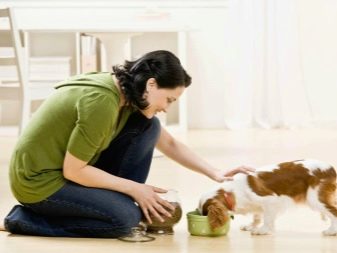

List of animals
The animal will become a new member of the family, so its choice should be approached responsibly. Each has its own merits and demerits. You can consult with specialists. We offer a list of the most popular ones.
- Undoubtedly, the first place is occupied by dogs. They are good friends and wonderful guards, but they also require special care. We are talking about feeding, walking, bathing and training, and all this will have to be done not once, but every day, regardless of the weather and mood. However, it is the dog that is capable of becoming a model of devotion and loyalty for a child.

- Cats follow. Caring for them is a little easier than for dogs, in part because they do not require walking. Keeping in an apartment is quite suitable for cats. It should be borne in mind that care will also be needed. This is especially true for long-haired pets. Among the shortcomings can be noted a characteristic smell in the event that the cat has not been neutered, a wayward character and exceptional rancor.
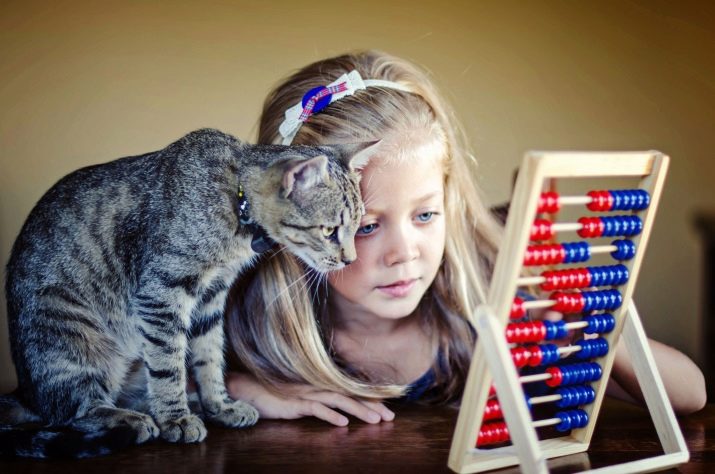
- Some people prefer to have birds at home, and parrots are the most common choice. Their peculiarity is that communication takes place mostly at a distance. Of course, you can stroke the bird, but it is unlikely that she will like it. She needs a clean cage, food, water and toys. Among the disadvantages of parrots is the desire to constantly scatter food.
The bird released from the cage hardly comes back, in addition, it is quite possible that it will stain the furniture due to the lack of a toilet.

- As for the fish, then their main drawback is the difficulty in leaving. In addition, they cannot be ironed. However, the aquarium dwellers are beautiful and reassuring to watch. It will require regular cleaning of the container, which children usually do not enthusiastic about.
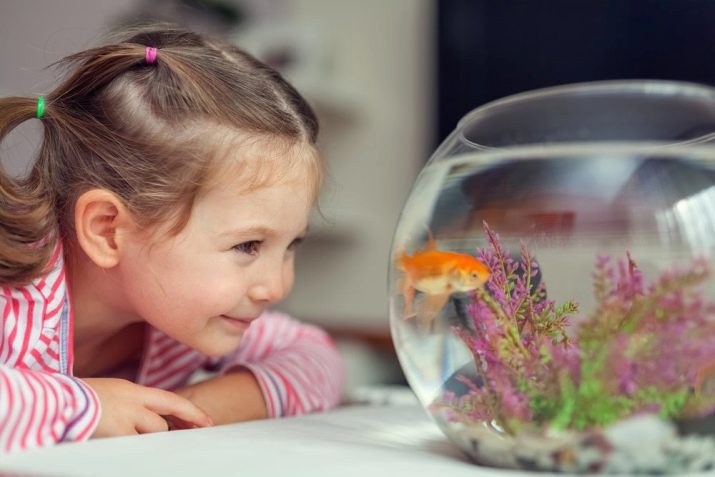
- Consider keeping hamsters, mice, or rats. Among the advantages, one can note their compactness, as well as the absence of difficulties in care. Hamsters can have a specific odor. Most of the rats are very smart and completely tame, they can be let out for walks around the house. Such animals require food and drink, as well as cleaning the cage.

- Often, children ask their parents to give them decorative rabbit. This option is not the worst. The animal does not cause many problems, while it can have a specific smell, and also make a lot of noise at night.
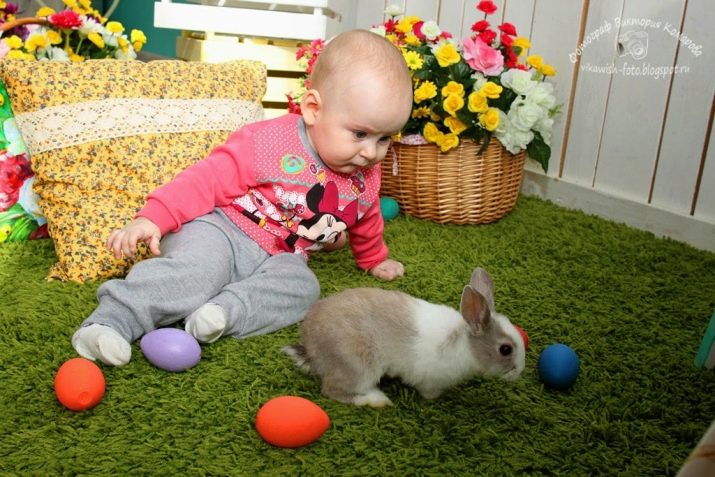
- Chinchillas very beautiful and unusual, but not tame. They are active mostly at night. They scatter sand, gnaw all the things around, they can ruin the cage. They do not like touch.
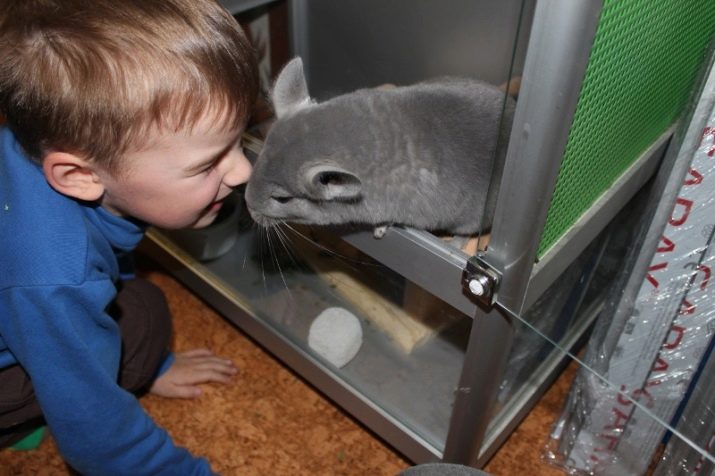
Selection Tips
Before you start an animal in your apartment, you need to think about this moment.After all, if you choose it wrong, it will not give pleasure to either adults or children. The main point to be guided by is the age of the child. Experts advise against purchasing pets for families whose babies are less than 6 years old. Only older children will be able to understand that in their hands is a living creature that has its own needs, that feels pain and fear, and can also defend itself.
In the case when the baby is already old enough to responsibly treat the appearance of the animal in the house, you can think about the choice. Hasty decisions are not correct. Also, you cannot choose an animal when you come to a pet store and grab the first one that comes along. This step must be balanced and deliberate. You should study information about various pets, as well as visit a pediatrician to rule out the possibility of allergic reactions.

Before choosing a pet, you need to assess the character of the child, his age and gender, and health features. It is also very important to think about care and accommodation options. Those species that are especially common are not always suitable, therefore, in some cases, you can stop at unexpected options.
Serious attention should be paid to organizational issues. The animal should be comfortable, and the conditions should allow it to be kept in an apartment or on a plot.
At the age of 5-6 years, the child has priorities, he can already choose and argue which animal he would like to have. However, you still need to seriously talk with the child, explaining to him that a living creature is different from a toy, he needs attention and care. At the senior preschool age, the baby is quite capable of taking a puppy or kitten out into the street under the supervision of adults, as well as feeding him on his own.
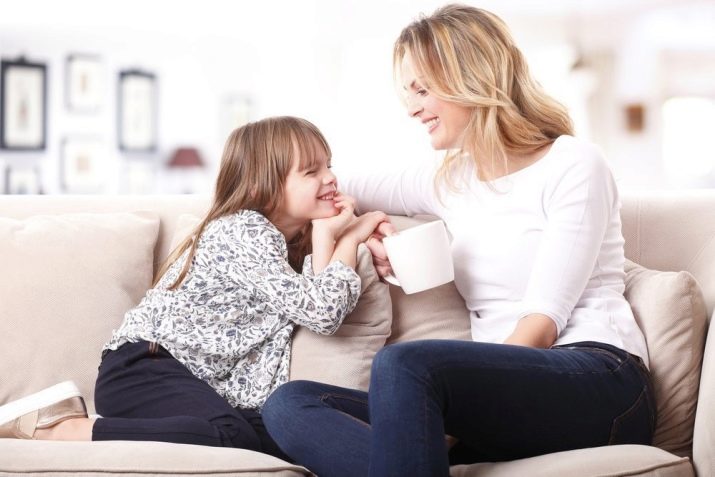
At the age of 8-10 years, you can stop your attention on rabbits and guinea pigs. The child becomes more adult and responsible, he will treat the pet more carefully and, by chance, does not injure the animal. At the age of 12, a child can be entrusted with caring for aquarium fish, turtles or snails. At the age of 14 or more, you can get any animal. Both a large dog and a thoroughbred cat, which requires careful care, are quite suitable.
Starting an animal in the house, you need to convince the child that his task is to make the pet happy and provide him with a comfortable life. Both a personal example and detailed heart-to-heart conversations will help.

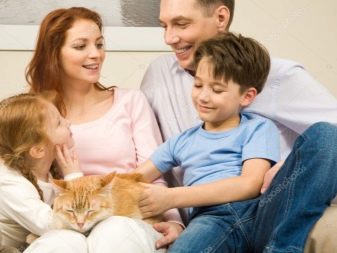
Experts recommend whenever possible entrust the choice of the animal to the baby. However, you still cannot do without the help of parents. Only they can explain that the content of not all animals is possible in each specific case, and sometimes one desire is not enough. You can refer to special literature, organize a joint reading of the encyclopedia. It must be remembered that it is about making a childhood dream come true, so the participation of elders is very important.


How to teach a child to take care of a pet?
The main work in this direction falls, of course, on the shoulders of the parents. First of all, they must watch so that the baby does not lose interest in the pet. One way is to tell the child about how interesting the day was. For example, a dog could learn a new command, and a canary could sing songs. Accordingly, the child must understand that by refusing to spend time with the pet, he loses a lot. This often results in renewed interest.
If there is such an opportunity, you can invite your baby's friends to visit and come up with fun entertainment in which the animal will take a direct part. The more time they spend together, the closer they will become.... You can come up with a fun game that everyone will participate in.
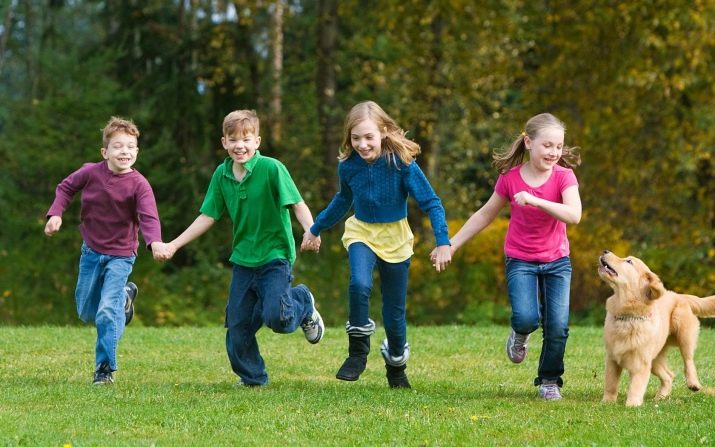
We need to remind the child about responsibility for our smaller brothers. It is worth clarifying who exactly the pet was bought for, as well as the fact that the baby is already old enough to not only play, but also take care of him on his own. This is especially true in cases where the initiative to acquire the animal came from the child, and not from the parents. In this case, it is not a sin to even recall the promises that were made before the purchase.
In some cases, you can call to conscience. It is important to make it clear to the child that it is necessary to be responsible for what you say.... In addition, during your absence, you can assign the child all the responsibilities of caring for a pet.
It is even worth making a list of activities, which will include feeding, cleaning, combing, exercising, etc.
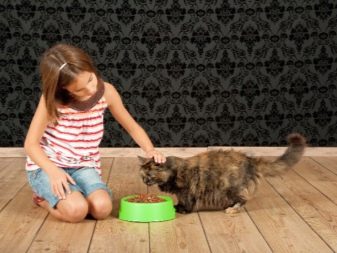

It can be noted that the child is already an adult, independent and responsible, therefore the parents completely trust him. This will allow the baby to prove himself, in addition, he will not disappoint adults and will try very hard. You will need to talk to him after returning home, evaluate the work done, find out how the day was spent. It is also important to note that the pet has become attached to the smallest owner and needs him badly.
All about the benefits and dangers of pets, see the video below.








